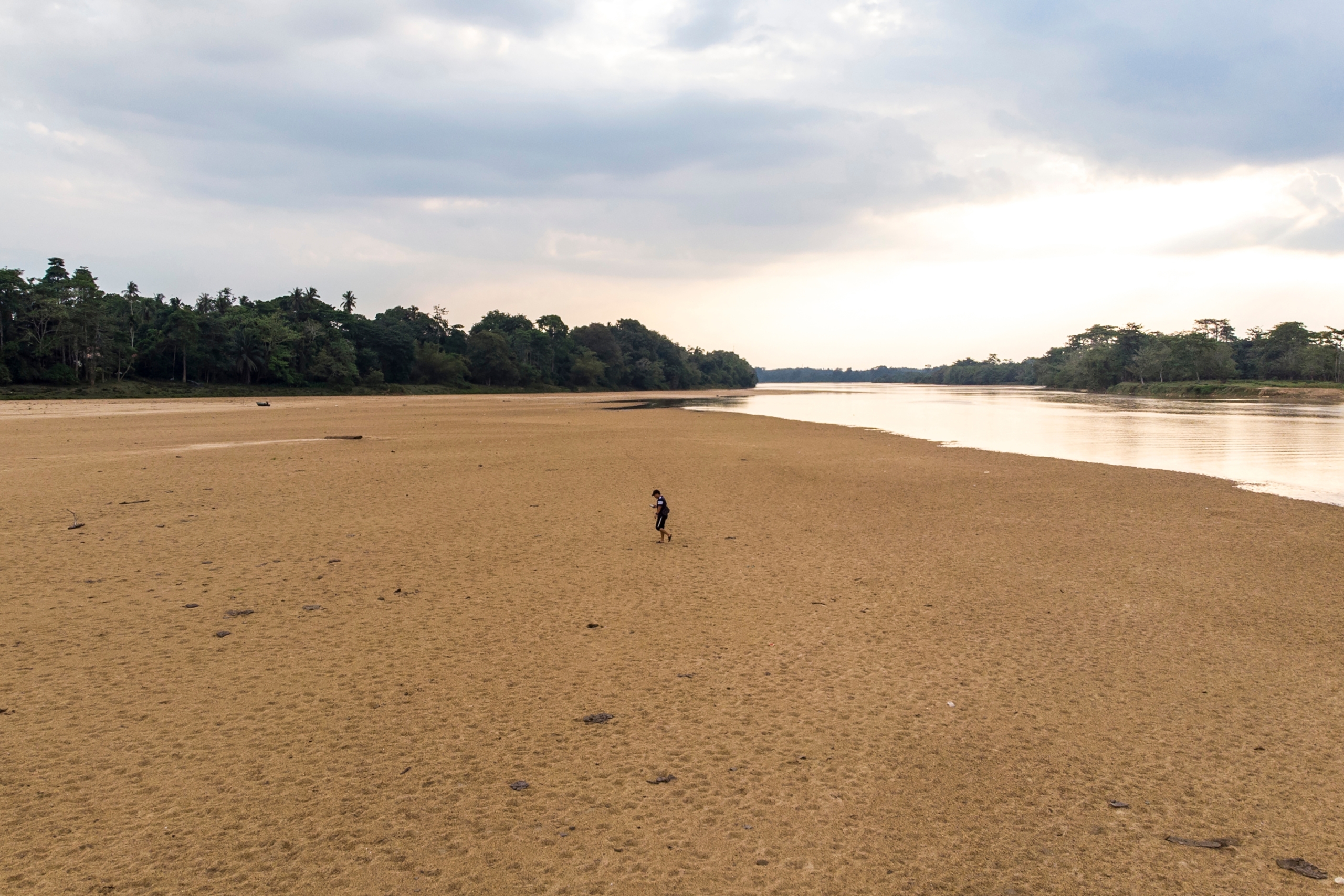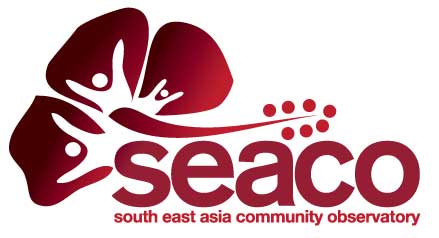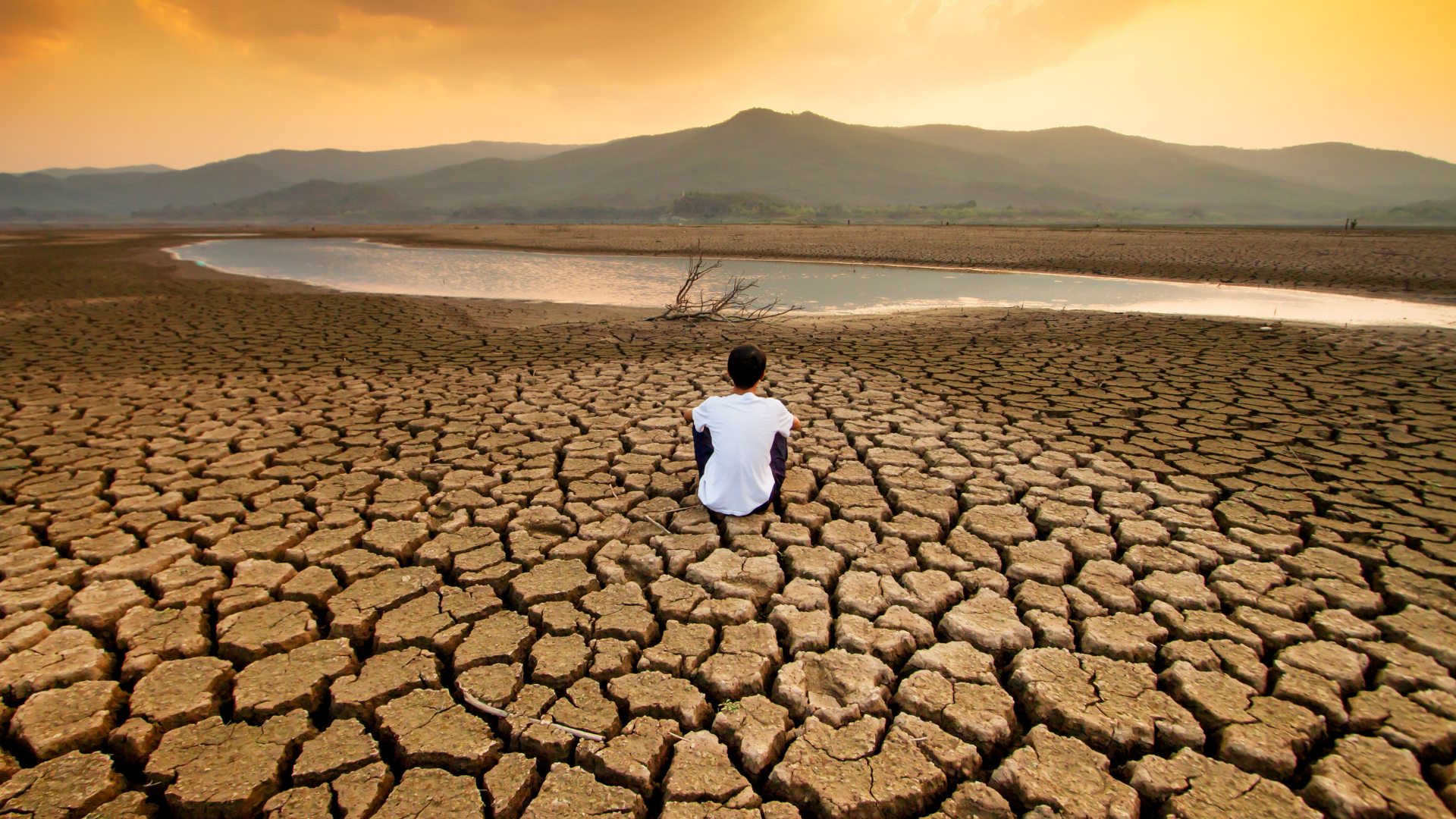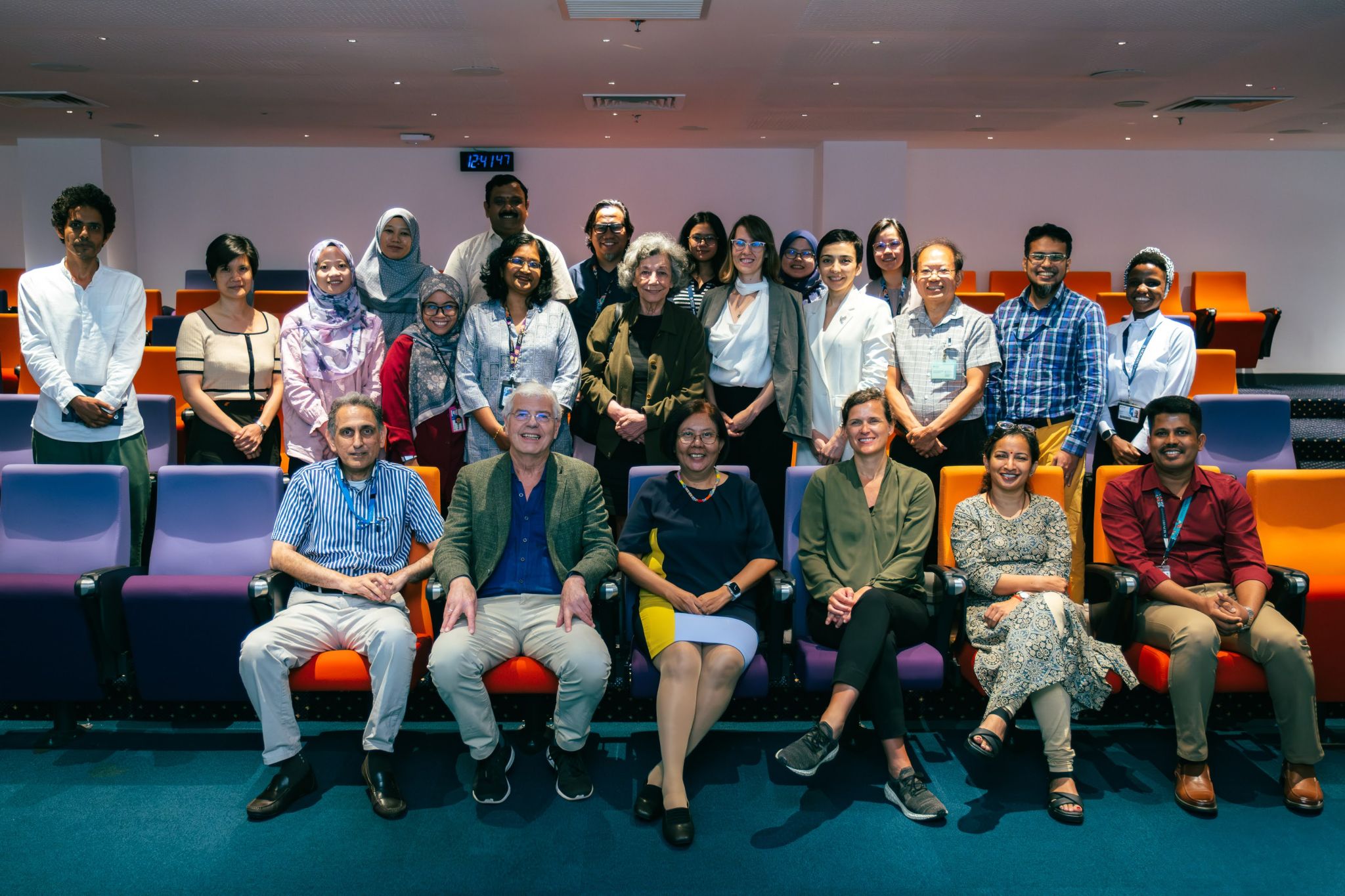Community Heat Solutions in Malaysia

Partners


Overview

Health Effects of Heat in Southeast Asia: Behavioural and Structural Climate Change Adaptation Interventions in Semi-Rural Malaysia
Heat Adaptation Through Community-based Approaches and Research at SEACO
“Heat Care at SEACO”
Key Facts
The Health-Climate Link
Southeast Asia is increasingly exposed to extreme weather conditions and heat-related mortality is projected to rise by 295% by 2030, necessitating urgent action to mitigate these health risks. Semi-rural Malaysia is identified as particularly vulnerable due to aging populations, poor housing conditions and a high reliance on outdoor labor and plantation.
The Project Advantage
Operating through the South East Asia Community Observatory (SEACO) in Segamat, this initiative combines innovative behavioural and structural interventions to address heat risks. By implementing heat literacy programs and passive cooling technologies like cool roofs, the project aims to reduce heat-related illnesses, improve thermal comfort, and enhance community resilience
Key Interventions and measures Include:
- Promoting heat literacy to empower behavioral adaptation.
- Implementing cool roofs to decrease indoor heat exposure.
- Utilising wearables, indoor sensors and weather stations for real-time monitoring.
Aims and Objectives
The project aims to develop and evaluate scalable interventions that mitigate the health effects of extreme heat while fostering resilience in semi-rural Malaysian communities.
Objectives of this study:
- Enhance Heat Literacy: Train communities in awareness and preparedness for heat exposure, symptoms and risk factors of heat-related illnesses, adaptive behaviors, and accessible cooling strategies.
- Evaluate Passive Cooling Solutions: Deploy cool roofs to improve indoor thermal comfort and reduce energy costs.
- Leverage Technology: Utilise wearable devices, indoor sensors and weather stations for precise monitoring of heat impacts.
- Build Resilience: Empower communities through co-design and capacity-building initiatives.
- Develop toolkits: Educate general population and health workforce by providing heat literacy tool kits
- Inform Policy: Generate evidence-based findings to inform national and regional heat-health policies.
Study design and methods
Study Design
Overview
This study evaluates behavioral and structural climate adaptation strategies to mitigate heat-related health risks in semi-rural Malaysia, particularly in Segamat, through the South East Asia Community Observatory (SEACO). The project integrates heat literacy programs and passive cooling technologies, such as cool roofs, to address community vulnerabilities to extreme heat and strengthen resilience.
Interventions
- Heat-Health Literacy Programs:
Awareness and preparedness for heat exposure, symptoms of heat-related illnesses, vulnerable groups, adaptive behaviours, and accessible cooling strategies. - Cool Roof Technologies:
Implementing UV reflective roofing materials to decrease indoor temperatures, enhance thermal comfort, and reduce energy use. - Wearable Devices, Indoor Sensors and Weather Stations:
Monitoring environmental conditions and physiological responses to heat exposure in real-time.
Activities
Qualitative Study
Using interviews and focus groups to assess community perceptions, needs, cultural practices, and the feasibility of interventions such as cool roofs and heat-health education campaigns.
Community Engagement
Conducting focus group discussions as part of the qualitative study, and co-design workshops with the community to develop culturally sensitive behavioural intervention modules.
Cool Roof Deployment
Testing UV reflective roof materials in local households to evaluate their effectiveness in reducing indoor heat exposure and energy consumption.
Monitoring and Data Collection
Leveraging wearable devices, indoor sensors and weather stations to measure environmental factors (e.g., temperature, humidity) and their impact on health outcomes, such as stress levels and dehydration risks
Policy Brief and Toolkit Development
Summarizing results into actionable policy recommendations and community toolkits to support sustainable, scalable interventions.
Methods
Tracked Outcomes
- Health: Monitoring reductions in heat-related illnesses and physiological stress levels (blood glucose, sleep and heart rate)
- Environmental: Assessing reductions in indoor temperature through passive cooling and behaviour interventions, and the impact of the environment (temperature, humidity, and extreme weather events) on individual health data.
- Behavioral: Evaluating changes in community awareness, adaptation behaviors, and uptake of heat literacy practices.
Novel Methodology
Integrating participatory co-design methods to ensure interventions are culturally appropriate and practical for semi-rural communities. Real-time monitoring through wearable devices, indoor sensors and environmental data collection via 3D-printed weather stations enables precise evaluation of intervention success


